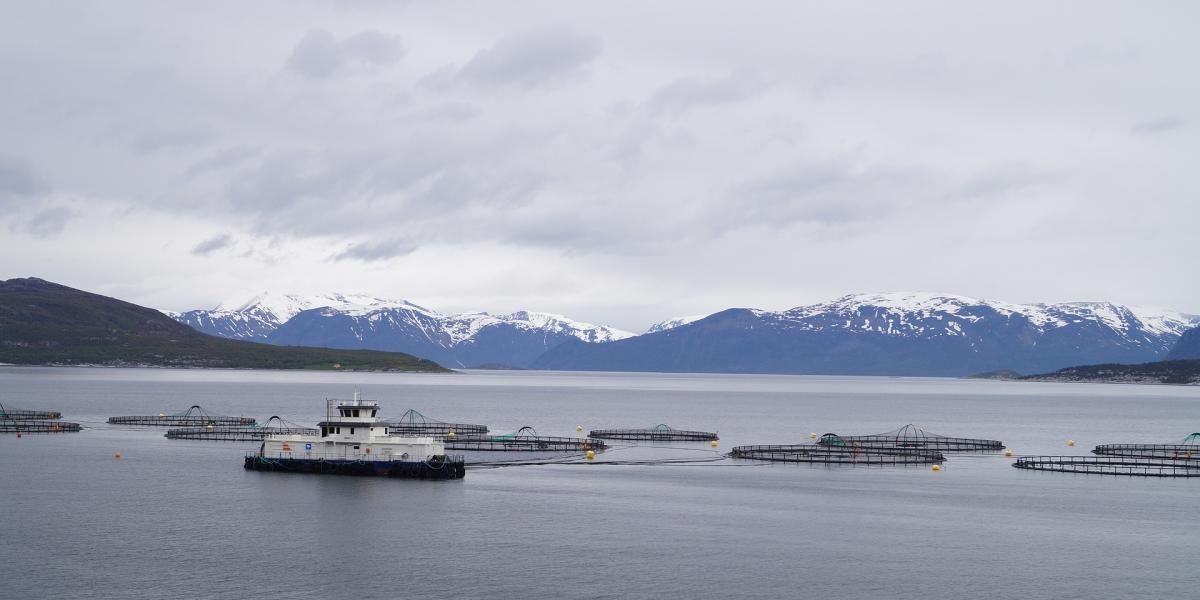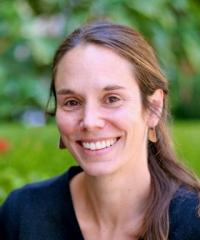
We're used to the rules and regulations that determine where different activities can take place on land. City zoning laws, land-use planning, and areas protected from development are all commonplace. And yet, there is a tendency to view the ocean as common property, and to manage maritime uses and potential ocean impacts on a use-by-use and case-by-case basis. As a result, in many places around the world, the tragedy of the commons has played out on the ocean stage, decimating fish populations and degrading marine ecosystems. The lack of holistic management has also led to conflicts among different interest groups, prompting calls for ocean policy reform.
In an attempt to turn the tide on ocean decline, there has been growing interest and action on the part of governments and non-governmental organizations to implement protected areas in the ocean and to plan more deliberately where different activities are allowed to take place within the marine space. The United States has various marine spatial planning initiatives underway at state and regional levels. The regions that are leading the charge have been motivated by the possibility of new ocean activities - such as offshore wind farms - and concerns about how to balance new uses with existing uses, while also protecting the marine environment. A central component of my research program seeks to provide scientific guidance for these spatial planning processes in the ocean so that we can do a better job of balancing human use and environmental conservation.
In a paper published in Nature Communications, my collaborators and I developed a new analytical framework for marine spatial planning. A key aspect of this framework is identifying the best locations for particular ocean uses so that negative interactions with other uses, along with damaging impacts on the environment, are minimized, while also allowing us to reap the benefits from development of new activities. We illustrated this approach using a case study of offshore aquaculture development - the farming of aquatic plants and animals in ocean waters - along the coast of southern California.
Aquaculture proved to be the perfect case study. As national and global seafood demand continues to grow, wild caught seafood cannot fully meet demand, and thus farmed seafood has been comprising an ever growing portion of supply. Environmental and other problems associated with land-based aquaculture and aquaculture in shallow, coastal waters has led people to look to the vast oceans as a better place for seafood farming, and innovations in aquaculture technology are proving promising for the future of the industry. However, interactions with other uses and the environment - both positive and negative - and the productivity of an aquaculture farm are all highly dependent on where aquaculture is located.
In our study of California, we modeled the production and profitability of different types of aquaculture farms - growing mussels, seaweed, and fish - and modeled farms' interactions with a wild capture fishery as well as associated impacts on the health of seafloor ecosystems, the risk of fish disease outbreaks, and alteration of scenic views for coastal residents and visitors. We then identified a range of possible locations in which aquaculture farms could be developed that would result in big returns for aquaculture with minimal to no impacts on the seafloor, fisheries, scenic views, or fish health.
Aquaculture development in the United States has been severely limited by good intentions to prevent negative impacts to existing uses and to the marine environment. However, many of the potential negative effects of offshore aquaculture can be mitigated by smart spatial planning. Our approach can identify optimal locations for aquaculture, or for other ocean uses like offshore wind or wave energy facilities or marine protected areas. As we look towards a new era of increasing industrialization of the ocean, it is critical that we use scientific approaches that can guide the "blue economy" on a sustainable pathway.



